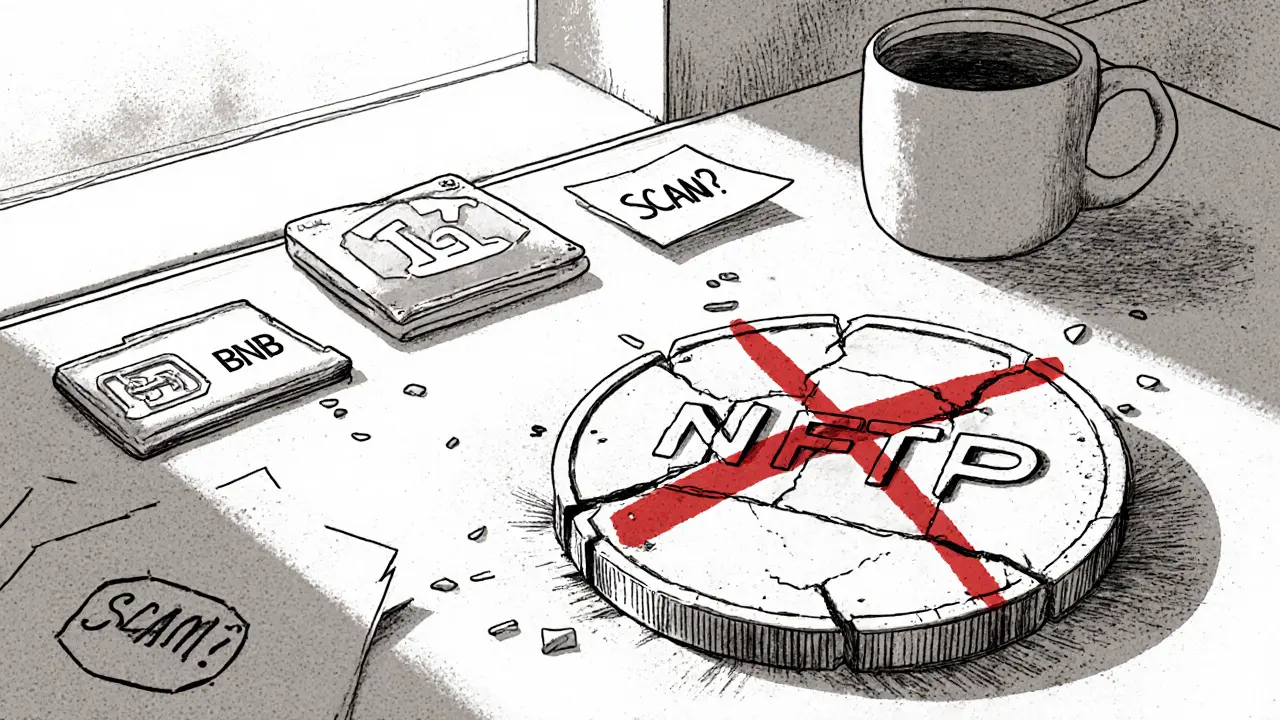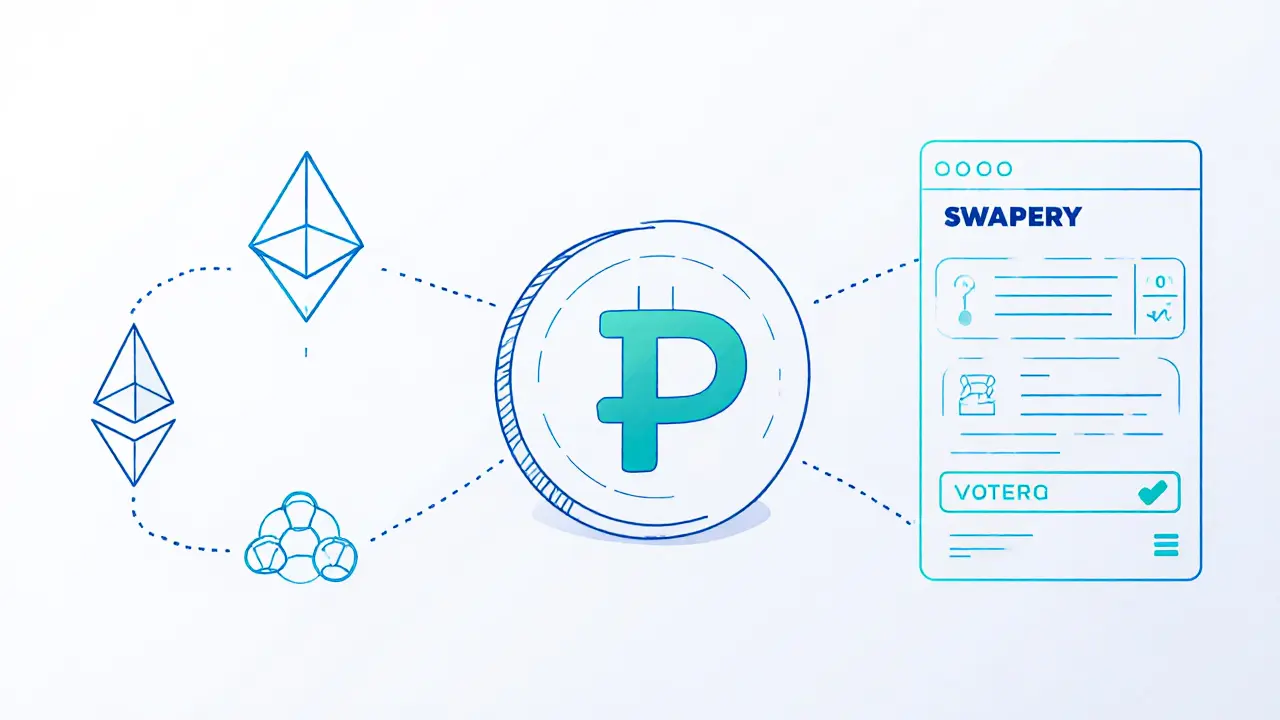Crypto Airdrop Guide and Insights
When working with crypto airdrop, a free distribution of tokens to a community of wallet holders, often used to boost network adoption. Also known as token airdrop, it runs on blockchain, a decentralized ledger that records every transaction and leverages smart contracts, self‑executing code that enforces distribution rules. To qualify, users usually need a cryptocurrency wallet, a secure address that can hold various tokens. Understanding these pieces helps you avoid scams and claim real rewards.
Why crypto airdrops matter and how they fit into the ecosystem
Crypto airdrops encompass token distribution, community building, and network effect. Projects use them to seed liquidity, reward early supporters, or test new governance models. Because airdrops are executed by smart contracts on a blockchain, the process is transparent: every eligible address and the amount awarded can be verified on the chain explorer. This transparency connects the crypto airdrop to broader token economics – the more people hold the token, the higher the chance of network usage and price stability. At the same time, airdrop eligibility requires meeting specific criteria, such as holding a certain amount of a base coin, completing a social task, or signing up on a platform.
Scams influence crypto airdrop perception, so it’s crucial to differentiate official campaigns from phishing attempts. A legitimate airdrop will never ask for private keys, and the official communication will come from verified social channels or the project’s website. By checking the smart contract address against the project’s GitHub or official documentation, you can confirm authenticity. This verification step ties blockchain data to project credibility, creating a trust loop that protects participants.
Beyond safety, airdrops can serve as a stepping stone into new DeFi opportunities. Once you claim a token, you might stake it, provide liquidity, or use it to vote in a DAO. Each of those actions relies on the same wallet you used for the airdrop, reinforcing the idea that a crypto wallet is more than a storage tool – it’s an entry point to a whole ecosystem of services. This relationship between wallet ownership, token receipt, and subsequent DeFi participation illustrates how crypto airdrops act as a gateway to deeper involvement.
Our collection below pulls together real‑world examples, from the WELL token launch to the Velas GRAND airdrop, and breaks down each step: eligibility rules, claim procedures, and red‑flag checks. Whether you’re hunting for the next free token or just want to understand how airdrops fit into blockchain economics, the articles ahead give you actionable insights without the jargon.
Ready to see how these concepts play out in actual projects? Dive into the posts to learn the specifics, spot genuine opportunities, and avoid the common pitfalls that trip up many newcomers.

NFTP (NFT TOKEN PILOT) Airdrop on Heco Chain: What’s Real and What’s Not
NFTP (NFT TOKEN PILOT) is not on Heco Chain - it's on BNB Smart Chain, and even there, it has zero trading volume and no circulating supply. Learn why the so-called Heco Chain airdrop is fake and how to avoid crypto scams.

PERRY Airdrop Details: How Swaperry’s Community Giveaway Works
Learn everything about Swaperry's PERRY community airdrop: eligibility, reward details, token info, claim steps, and future reward plans.

Bagels Finance (BAGEL) Airdrop Details, Token Outlook & Yield Farming Mechanics
Explore the Bagels Finance airdrop, BAGEL tokenomics, cross‑chain leveraged farming, and key risks in this detailed guide.

Dogelon Mars (ELON) CoinMarketCap Airdrop Details: What You Need to Know
Discover the reality behind a Dogelon Mars CoinMarketCap airdrop, learn about ELON tokenomics, community-driven drops, and how to stay ready for any future giveaways.
